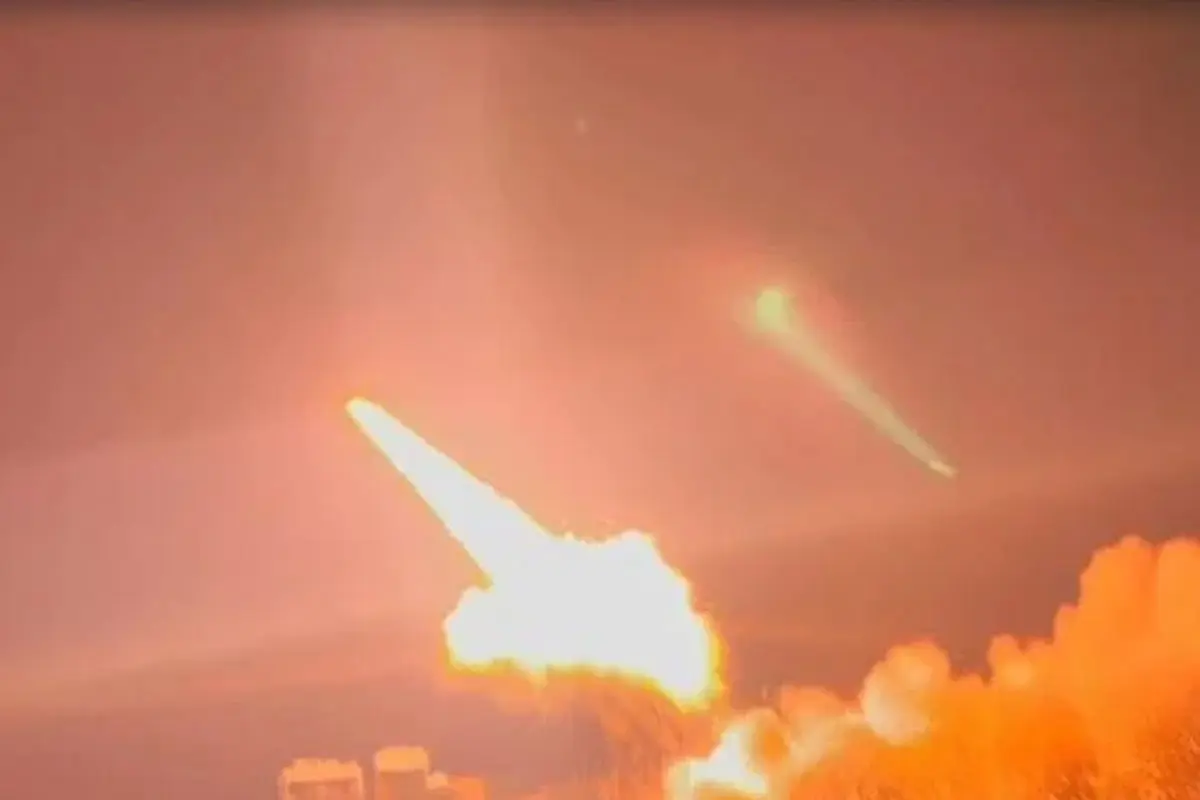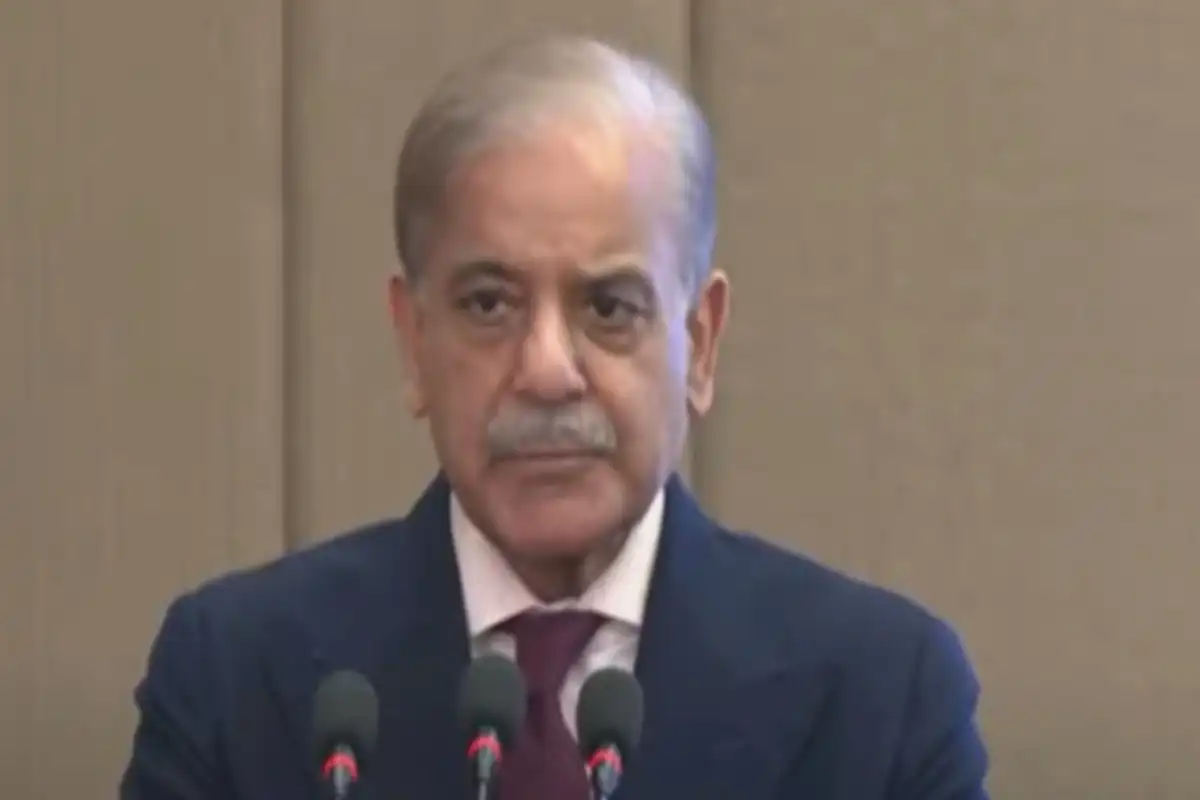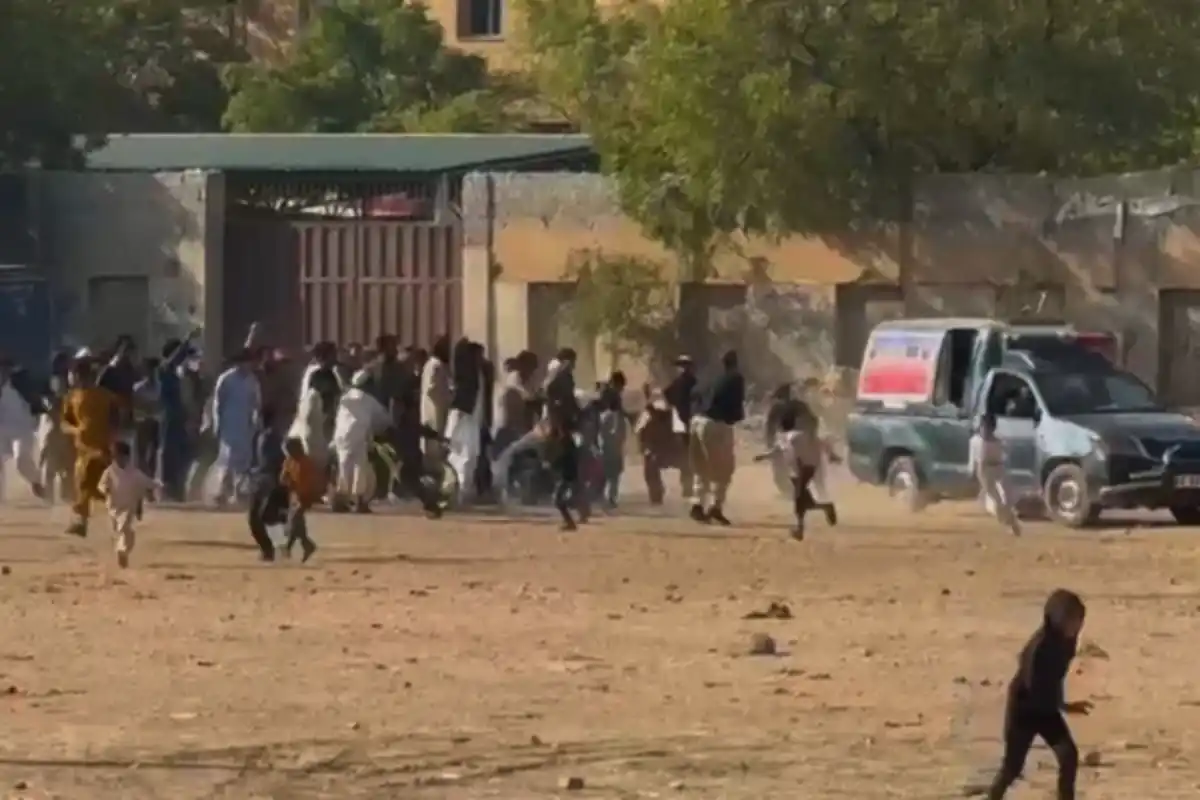Operation Bunyan ul Marsoos: Pakistan hits back, destroys several Indian military installations

‘Operation Bunyan ul Marsoos': Pakistan ‘destroys' Pathankot and Udhampur air bases in India
Pakistan has launched a large-scale military response, “Operation Bunyan-ul-Marsoos”, after India attacked Pakistani territory with fighter jets, missiles, and drones on the night of 9-10 May. The retaliatory strikes targeted over 20 Indian military sites, including airbases, missile storage facilities, and key defense systems.
The retaliatory campaign, dubbed Operation Bunyan-un-Marsoos (Iron Wall), was launched shortly after Fajr prayers and marked a significant escalation in the ongoing conflict between the two nuclear-armed neighbors.
Key Indian Installations Destroyed
According to Pakistani military sources, high-value Indian military assets were targeted and destroyed, including:
Beas: A BrahMos missile storage facility was destroyed.
Udhampur: A $1.5 billion S-400 air defense system was obliterated by a hypersonic missile fired from a JF-17 Thunder fighter jet. The Udhampur Air Base also sustained heavy damage.
Pathankot: The airfield was struck with precision-guided missiles.
Adampur Airbase and Jalandhar: Both were hit in ongoing strikes.
Gujarat and Rajasthan: Multiple air bases and military locations came under attack.
Chandigarh: A major weapons depot was neutralized.
Srinagar: The airbase was targeted, resulting in 20 reported Indian military casualties.
Delhi region: A missile was intercepted near Hisar, sparking concerns that the capital may be in the crosshairs.
The G-Top supply depot of India’s brigade headquarters in Uri was also confirmed destroyed, while Pakistan’s Fateh-I surface-to-surface missiles were launched from undisclosed locations to strike strategic Indian sites.
Military Strikes
Pakistan’s Air Force destroyed critical Indian installations:
Airbases Hit: Gujarat, Delhi, Poonch, Rajasthan, Adampur, Halwara, Bathinda, Suratgarh, Chandigarh, Srinagar, and others.
S-400 System Destroyed: A $1.5 billion Russian-made S-400 air defense system in Adampur was struck by JF-17 Thunder jets using hypersonic missiles.
BrahMos Missile Storage: A major BrahMos missile site in Nagrota (Beas) was destroyed.
Indian Army Posts: Over 15 posts in IIOJK (Indian Illegally Occupied Jammu & Kashmir), including Bhimber Gali Brigade Headquarters, were demolished.
Artillery Positions: Indian gun positions in Mankot, Dahar Nigyari, and Dehrangyari were neutralized.
Drone Attacks: Pakistan shot down 91 Indian drones across locations like Kamra Air Base, Pasrur, Daska, and Sialkot.
Cyber-Attacks Cripple India
Pakistan’s cyber teams targeted India’s infrastructure:
Energy Sector: 10 SCADA systems, 335 power stations, and 70% of India’s electricity grid were disabled. Karnataka’s solar/wind grids collapsed.
Transport & Communication: Indian Railways, Delhi Gas, and Kashmir Electric systems were hacked, with data wiped.
Government & Military Websites: BJP’s Madhya Pradesh website, Border Security Forces, and Defence Production sites were defaced. Sensitive data from the Indian Air Force and Maharashtra Election Commission was leaked on the dark web.
Financial Loss: India’s stock market lost $83 billion due to cyber disruptions.
International Reactions
Global powers urged de-escalation:
USA: Secretary of State Marco Rubio called for dialogue.
China: Spokesperson Lin Jian urged restraint and offered mediation.
UK & Saudi Arabia: Monitored the situation and pushed for peace talks.
G7 Nations: Collective call for both sides to avoid further conflict.
Indian Response
India downplayed the crisis but faced public anger:
Military Claims: Accused Pakistan of using drones and long-range weapons.
Media Blackout: Blocked BBC to control narratives, sparking public backlash.
Mobilization: Reports suggest Indian troops are moving toward the border.
Pakistan’s Stance
Prime Minister Shehbaz Sharif coordinated with political leaders and allies:
National Unity: All parties backed the military’s actions.
Diplomatic Outreach: Foreign Minister Ishaq Dar hinted Pakistan might pause strikes if India halts aggression.
Indian Airbases Targeted in Earlier Strikes
Earlier on Saturday, India fired air-to-ground missiles at three key Pakistani airbases — Nur Khan (Rawalpindi), Shorkot (Jhang), and Murid (Chakwal). However, Pakistan Air Force (PAF) assets remained unharmed, confirmed DG ISPR Lt. Gen. Ahmed Sharif Chaudhry during a live press briefing.
He said, “India has pushed Pakistan toward a full-scale war. Let there be no doubt — our response will be seen, not just heard.”
He further revealed that Indian missiles were also launched into Afghanistan, calling it an alarming regional provocation. Pakistani drones were reportedly sighted over New Delhi in broad daylight, raising serious questions about India’s defensive capabilities.
Pakistan Issues Final Warning
Pakistan’s military and political leadership have issued a clear warning: If India conducts another attack, Pakistan will begin targeting India’s economic infrastructure.
Lt. Gen. Chaudhry concluded, “We are not intimidated by India’s aggression. Our air defense systems have intercepted most missiles, and the rest caused no damage. This is India’s cowardly thinking on full display.”
What is Operation Bunyan ul Marsoos
The military operation is named “Bunyan ul Marsoos”, a phrase from the Holy Quran that translates to “a wall built of molten lead”, symbolizing unshakable strength and unity. The operation aims to send a clear signal of Pakistan’s military resolve and capability to respond forcefully to external aggression.
Catch all the Pakistan News, Breaking News Event and Trending News Updates on GTV News
Join Our Whatsapp Channel GTV Whatsapp Official Channel to get the Daily News Update & Follow us on Google News.













